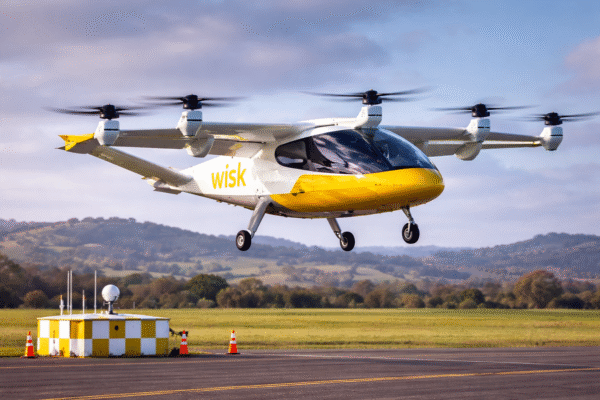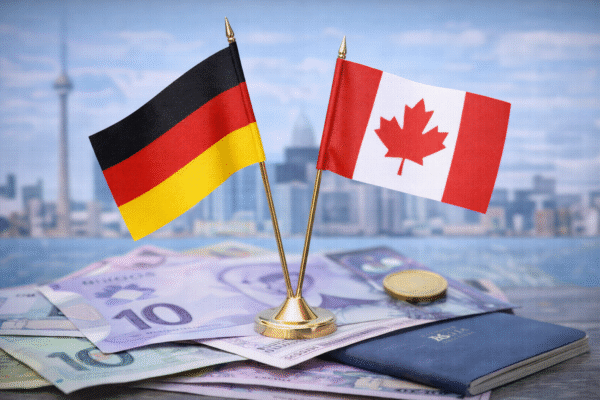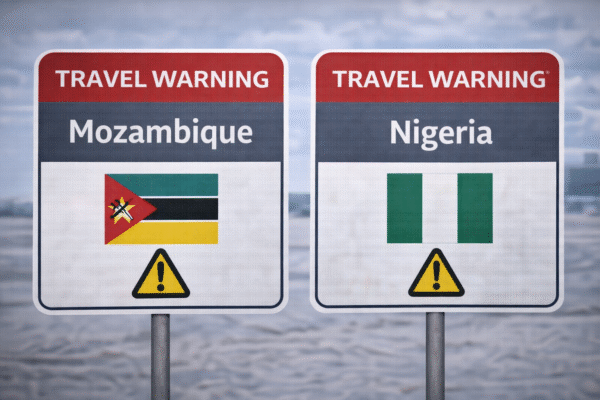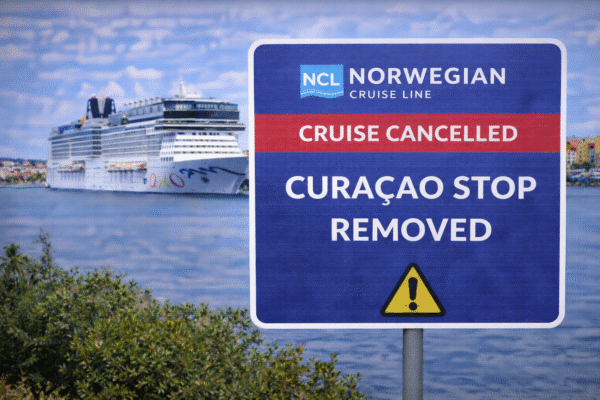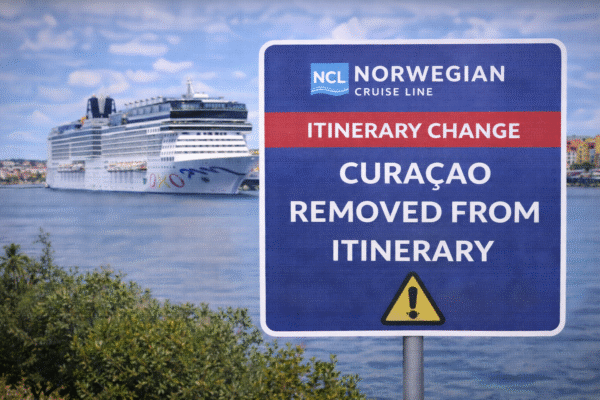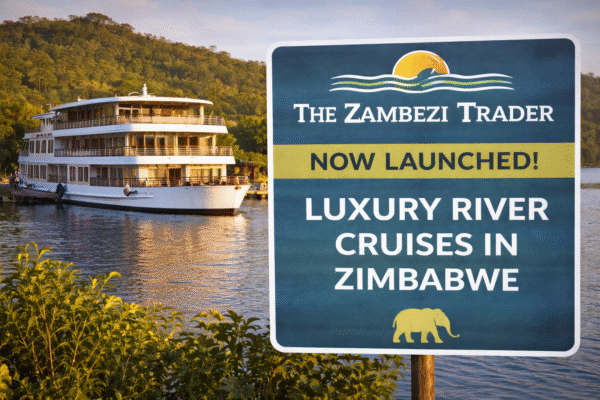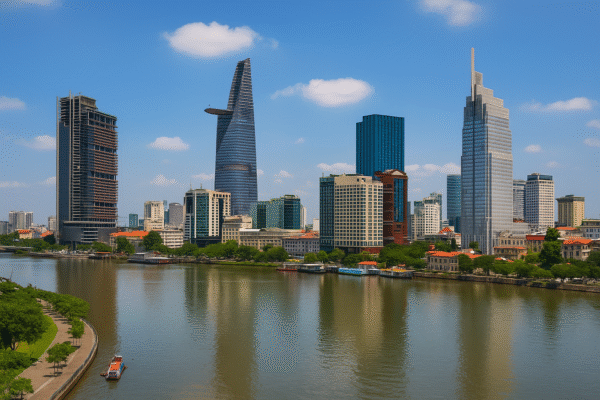Ho Chi Minh City Leads Vietnam’s 2025 Tourism Surge as Chinese Visitor Interest Skyrockets
Vietnam is witnessing a dynamic revival in its international tourism sector in 2025, with Ho Chi Minh City at the forefront of this growth. According to updated travel search data from leading booking and analytics platforms, the bustling southern metropolis has emerged as the most sought-after Vietnamese destination among Chinese travelers—cementing its role as a vital driver in the country’s post-pandemic tourism resurgence.
From January to June 2025, Ho Chi Minh City recorded approximately 3.85 million international tourist arrivals, a robust 44% increase year-on-year. This surge is led primarily by visitors from mainland China, reinforcing China’s position as Vietnam’s largest inbound travel market. With more than 2.72 million Chinese tourists entering the country during the first half of the year, the trend reflects restored confidence and travel freedom in the Asia-Pacific region.
Top Vietnamese Destinations Captivate Chinese Tourists
Alongside Ho Chi Minh City, other Vietnamese destinations seeing high travel interest from Chinese tourists include Hanoi, Phu Quoc, Da Nang, and Nha Trang. These cities present a spectrum of experiences—from colonial charm and cultural immersion in Hanoi to coastal leisure and luxury hospitality in Phu Quoc and Nha Trang.
- Ho Chi Minh City stands out for its fusion of historical landmarks, contemporary shopping, and vibrant street food culture.
- Phu Quoc, Vietnam’s largest island, is rapidly emerging as a premium beach destination, drawing travelers seeking nature, wellness, and high-end resorts.
- Da Nang and Nha Trang continue to thrive with upgraded international airports, modern resorts, and proximity to UNESCO heritage sites and beach activities.
This balanced portfolio of urban and natural attractions has made Vietnam a preferred destination among travelers from China seeking both short-haul escapes and extended holidays.
Strong Air Connectivity and Visa Policy Boost Travel
Vietnam’s airline connectivity improvements are significantly contributing to the upward tourism trend. Carriers such as Vietnam Airlines, VietJet Air, and Bamboo Airways have expanded direct flight routes between major Chinese cities—like Beijing, Shanghai, Guangzhou, and Chengdu—and Vietnamese hubs including Ho Chi Minh City, Da Nang, and Phu Quoc.
The recent visa waivers and simplified e-visa processes have also made travel smoother for Chinese citizens, encouraging both first-time and repeat visits. The Vietnamese government’s strategic investment in airport upgrades and tourism infrastructure is further reinforcing its readiness to handle growing international demand.
Visual Media and Digital Storytelling Shape Travel Decisions
Much of Vietnam’s tourism growth in 2025 is being amplified by the power of visual storytelling and social media influence. Chinese travelers are increasingly turning to platforms like Xiaohongshu (Little Red Book), Douyin (TikTok China), and Ctrip for inspiration. Stunning images of beach sunsets in Phu Quoc, café scenes in Hanoi, and skyline views in Ho Chi Minh City have gone viral, pushing Vietnam to the top of bucket lists.
Influencers and travel bloggers are showcasing Vietnam as not just affordable, but also aesthetically appealing, culturally rich, and safe for exploration. This digital boost has elevated lesser-known destinations as well, encouraging dispersion of tourism benefits beyond the main cities.
Vietnam’s Position Strengthens in Southeast Asia
Vietnam’s 2025 tourism strategy continues to emphasize its role as a regional tourism leader. By offering authentic experiences, developing sustainable tourism practices, and diversifying visitor options, the country is actively challenging the dominance of traditional destinations like Thailand and Malaysia.
Phu Quoc, for instance, has received investment support under the National Tourism Development Strategy to position itself as a high-end resort island. Environmental initiatives on the island include marine conservation zones and eco-resort incentives, appealing to the values of modern Chinese tourists who are becoming increasingly sustainability-conscious.
Moreover, Vietnam’s national tourism body is working with online travel agencies (OTAs) in China to develop targeted marketing campaigns that promote off-peak travel, local festivals, and culinary tours, ensuring year-round visitor flows.
Long-Term Growth Rooted in Sustainable Planning
Vietnam’s approach to recovery is not just about volume—it’s about value and sustainability. Tourism authorities are now focusing on increasing the average length of stay, promoting multi-destination itineraries, and enhancing quality of services through digitalization and staff training.
Collaborations with China-based tour operators have also led to the launch of wellness-themed packages, cultural discovery circuits, and premium group tours targeting affluent Chinese travelers and millennials.
With the support of the Vietnam National Authority of Tourism (VNAT), the government has also prioritized green certification programs for hotels, heritage site protection, and inclusive tourism development that benefits local communities.
Conclusion: Vietnam Emerges as a Leading Choice for Chinese Travelers
Vietnam’s tourism revival in 2025 is no longer speculative—it is measurable, visible, and rapidly accelerating. The rise of Ho Chi Minh City as the top international destination for Chinese tourists underscores the country’s ability to blend tradition with modern travel trends.
As air links expand, digital narratives grow, and tourism policies evolve, Vietnam is poised to not only recover but thrive—setting benchmarks for how emerging markets can capitalize on renewed international mobility. With its vibrant cities, pristine coastlines, and welcoming hospitality, Vietnam is now firmly on the map as China’s favorite Southeast Asian getaway.
For more travel news like this, keep reading Global Travel Wire



